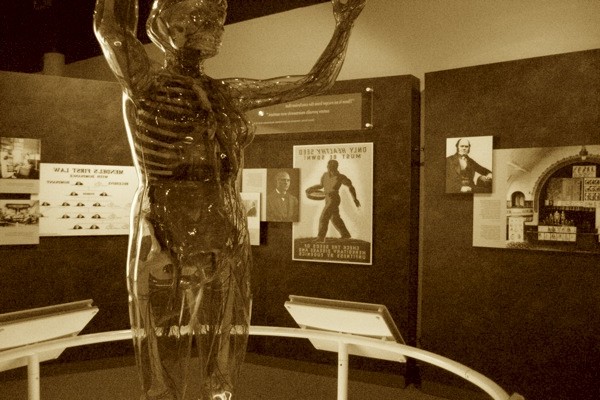Abstract
The United States Holocaust Memorial Museum’s traveling exhibit, Deadly Medicine: Creating the Master Race asks that visitors use what they know about the Holocaust to think about eugenics more broadly and in a way that invites connections to American eugenics and to current debates in medical ethics. This essay takes an ethnographic approach to narrative analysis, searching the exhibit itself and related newspaper commentary for the strategies that facilitate “us/them” comparisons constructed across time, across nations, and across identity categories. Even as Deadly Medicine implicates America as a hotbed of eugenic thought, remembering American eugenics through Holocaust memory may actually offer comfort to Americans learning of their own nation’s “lesser evils.” Additionally, even as the exhibit successfully expands the characterization of Holocaust victims to include institutionalized Germans and others deemed physically or mentally “unfit,” it doesn’t offer visitors a language for disability. Although it constructs European Jews as a social group, it shies away from using collective terminology that would construct people with disabilities in the same way.
KEYWORDS: disability history, museum exhibits, exhibit reviews, thick description, localization, renarrativization
[photo credit: United States Holocaust Memorial Museum]
